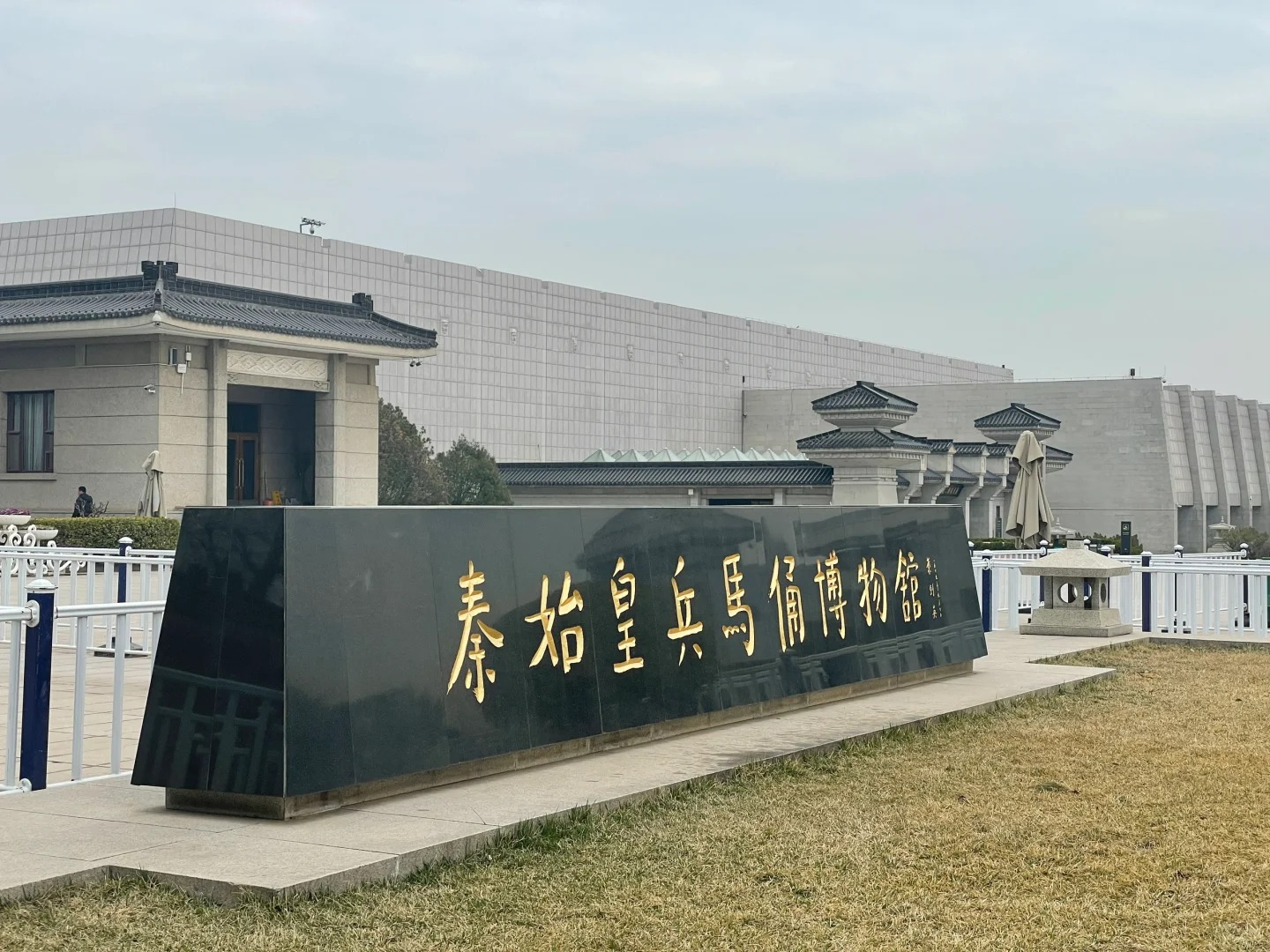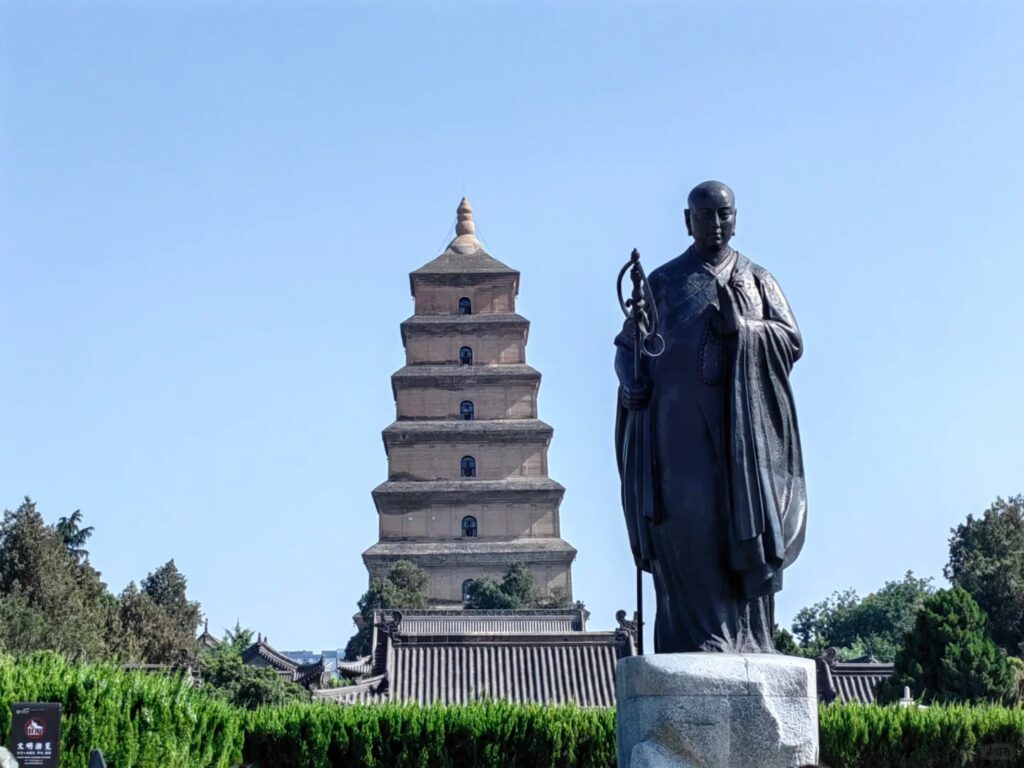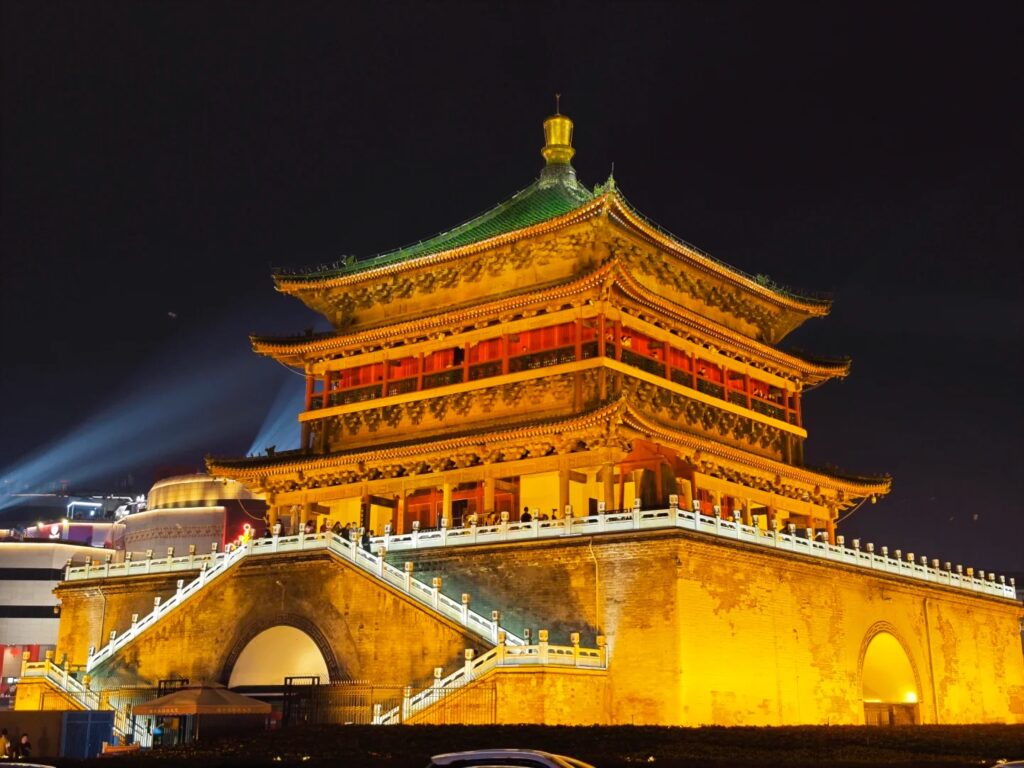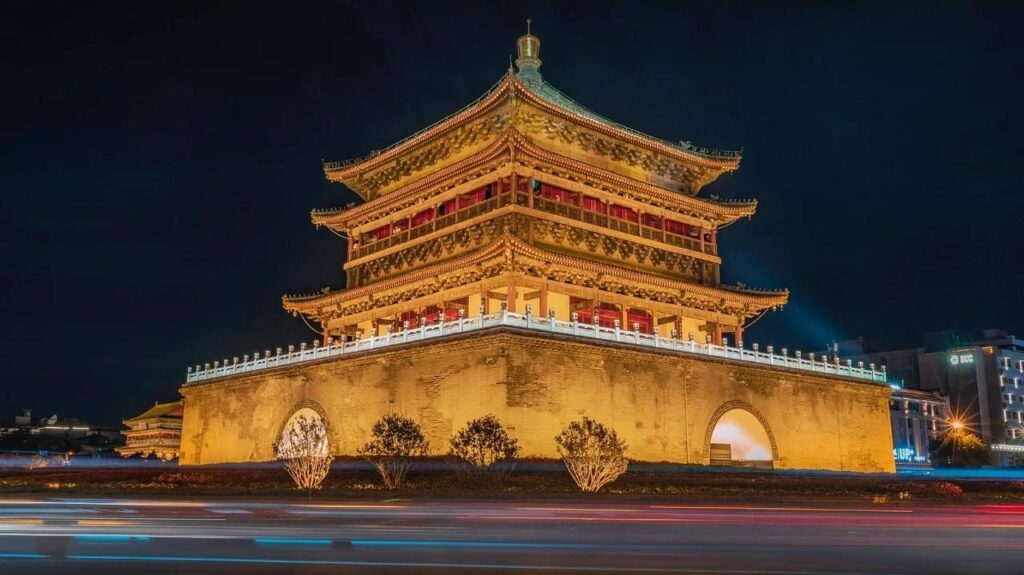Visiting Information
| Information | Details |
|---|---|
| Chinese Name | 兵马俑 (Bīngmǎyǒng) |
| Location and Address | Lintong District, Xi’an, Shaanxi Province, China |
| Opening Time/Hours | March 16 to November 15: 8:30 AM – 6:00 PM November 16 to March 15: 8:30 AM – 5:30 PM |
| Entrance Fee | March 1 to November 30: 150 CNY December 1 to end of February: 120 CNY |
| How to Get There | By Bus: Take Tourist Bus Line 5 (306) from Xi’an Train Station By Metro: Take Line 2 to Nanshaomen Station, then transfer to Tourist Bus 5 (306) By Taxi: About 1-hour drive from Xi’an city center |
| Best Time for Visit | March to May and September to October for mild weather and fewer crowds |
| Contact Info | Phone: +86 29 8139 9001 Email: [email protected] |
Overview
The Terracotta Army is a collection of terracotta sculptures depicting the armies of Qin Shi Huang, the first Emperor of China. It is a form of funerary art buried with the emperor in 210–209 BCE with the purpose of protecting the emperor in his afterlife. The figures, dating from approximately the late third century BCE, were discovered in 1974 by local farmers in Lintong County, outside Xi’an, Shaanxi, China.
Historical Background
The Terracotta Army was constructed as part of the elaborate mausoleum complex of Emperor Qin Shi Huang, who unified China in 221 BCE, founding the Qin dynasty. The Emperor ordered the creation of this army to accompany him in the afterlife, reflecting his power and preparing him for continued rule beyond death. The construction of the Terracotta Army is believed to have involved hundreds of thousands of workers and craftsmen and took nearly four decades to complete.
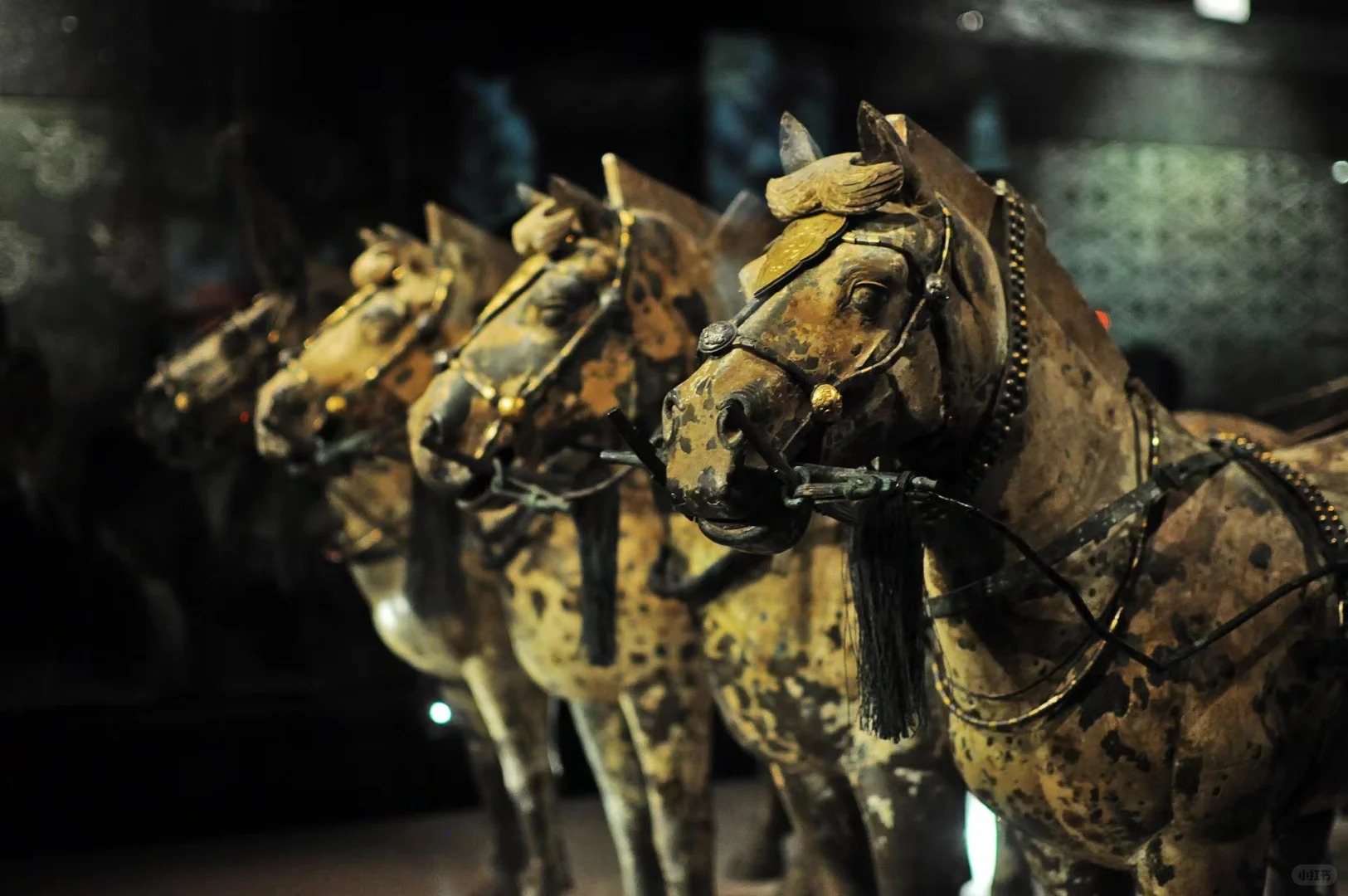
Architectural Features
- Pit Layouts: The Terracotta Army is housed in three main pits. Pit 1 is the largest, containing the main army of more than 6,000 figures. Pit 2 contains cavalry and infantry units and war chariots. Pit 3 is the command post, with high-ranking officers and a war chariot.
- Warrior Figures: Each terracotta figure is unique, with distinct facial features, hairstyles, and clothing details. The warriors stand between 1.8 to 2 meters tall, with generals being the tallest. They were originally painted with bright colors, though most of the paint has faded over time.
- Weapons and Equipment: The soldiers are equipped with real weapons of the time, including swords, spears, crossbows, and arrows. Many of these weapons, when discovered, were still sharp and coated with chromium, which helped prevent rusting for over 2,000 years.
Cultural Importance
The Terracotta Army is of immense cultural significance, providing invaluable insights into the military, cultural, and artistic achievements of ancient China. It demonstrates the power and ambition of Emperor Qin Shi Huang and the sophistication of Qin dynasty civilization. The site is considered one of the greatest archaeological discoveries of the 20th century and has become a symbol of Chinese heritage and history.
Surrounding Attractions
- Lishan Garden: Located near the Terracotta Army, this scenic area includes the Huaqing Pool, a famous hot spring with a history dating back to the Tang Dynasty. It’s known for the romantic story of Emperor Xuanzong and his concubine Yang Guifei.
- Qin Shi Huang Mausoleum: The actual tomb of Emperor Qin Shi Huang, located about 1.5 km west of the Terracotta Army. While the tomb itself has not been excavated, the surrounding pits and structures provide fascinating insights into ancient Chinese burial practices.
- Banpo Neolithic Village: An archaeological site discovered in 1953, showcasing a well-preserved example of a Neolithic settlement from 6,000 years ago. It provides a glimpse into the prehistoric culture of the Yellow River Valley.
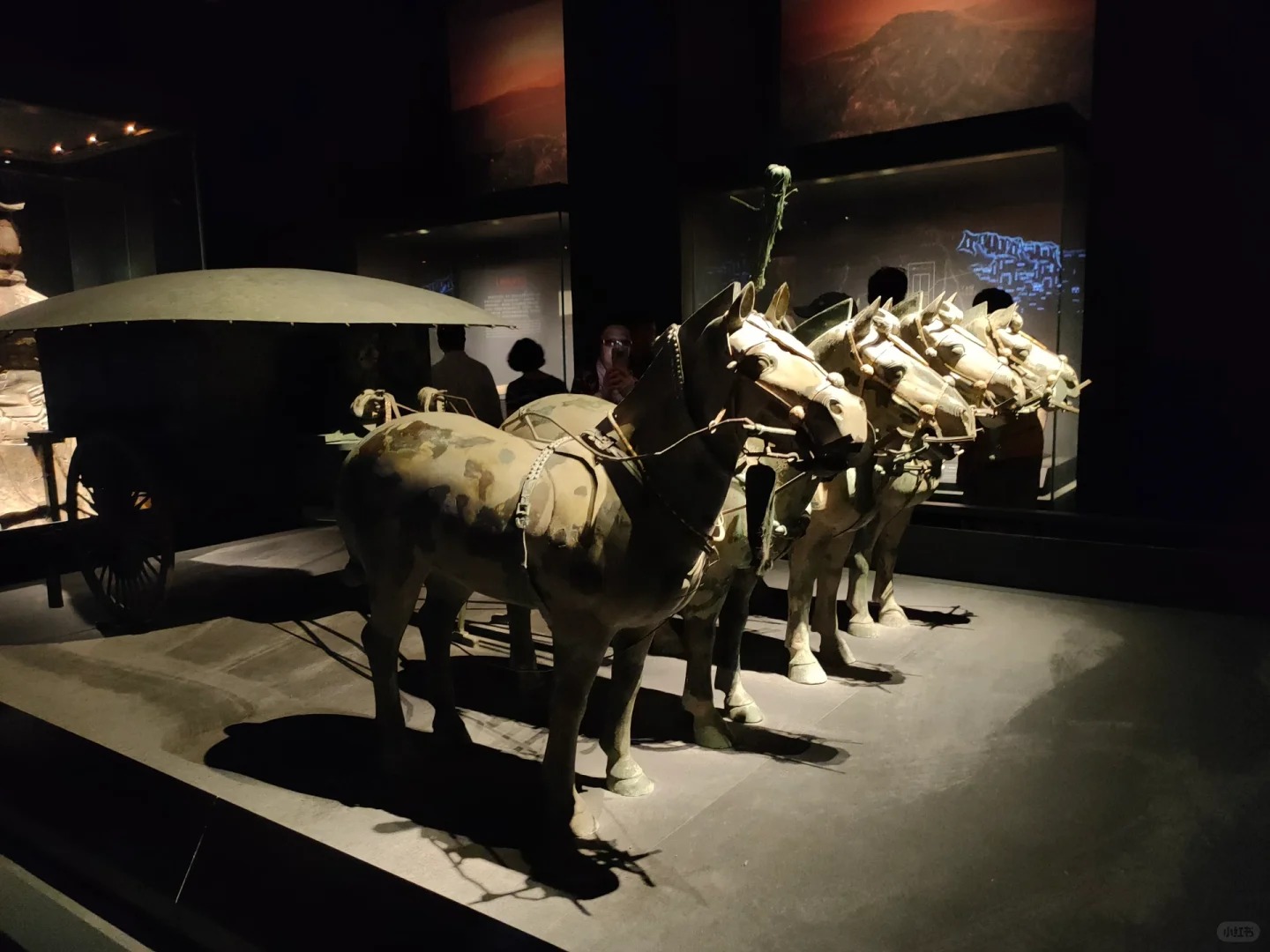
Photography Opportunities
- Warrior Formations: The rows of terracotta warriors in Pit 1 offer stunning opportunities for wide-angle shots that capture the scale and grandeur of the army. The varying postures and details of individual warriors also make for compelling close-up photographs.
- Restoration Work: Ongoing archaeological work provides unique chances to photograph the process of unearthing and restoring the warriors. This can offer a behind-the-scenes look at the meticulous work involved in preserving this ancient treasure.
- Museum Exhibits: The on-site museum houses numerous artifacts, including bronze chariots and weapons. These exhibits, often well-lit and displayed against neutral backgrounds, offer excellent opportunities for detail-oriented photography.
Modern Importance
- Archaeological Significance: The Terracotta Army continues to be a subject of ongoing archaeological research, providing new insights into ancient Chinese history, technology, and artistry. Each new discovery contributes to our understanding of the Qin dynasty and early imperial China.
- Tourism and Economy: As one of China’s most popular tourist attractions, the Terracotta Army plays a crucial role in the local and national tourism industry. It draws millions of visitors annually, contributing significantly to the economy of Xi’an and Shaanxi Province.
- Cultural Diplomacy: Exhibitions of the Terracotta Warriors around the world serve as a form of cultural diplomacy, promoting Chinese history and culture globally. These international exhibitions foster cultural exchange and understanding between China and other nations.
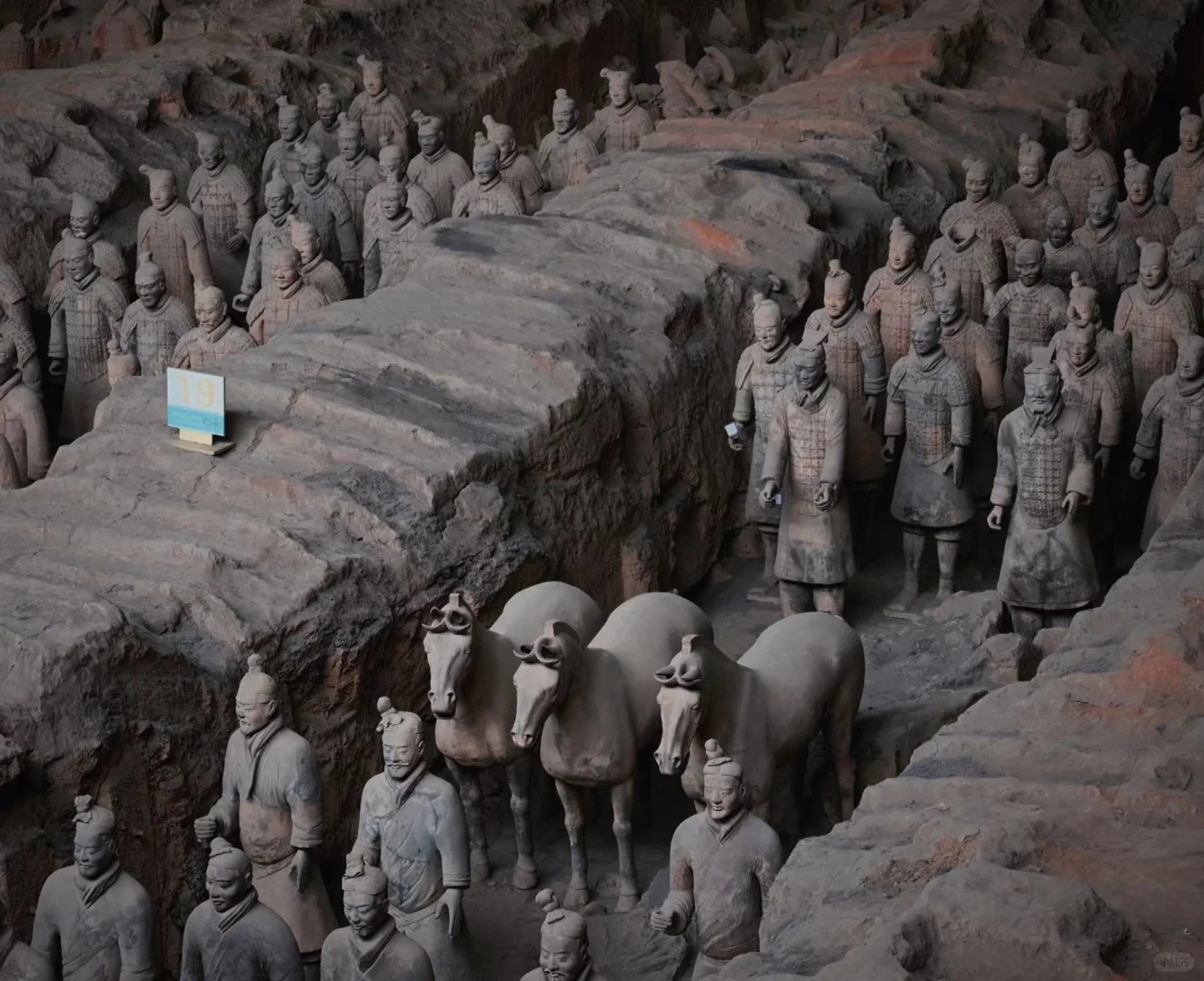
FAQ
- What is The Terracotta Army famous for?
The Terracotta Army is famous for being one of the most significant archaeological discoveries of the 20th century. It’s renowned for its vast scale, intricate craftsmanship, and historical importance as part of the mausoleum complex of China’s first emperor, Qin Shi Huang. - What’s inside The Terracotta Army?
The Terracotta Army consists of thousands of life-sized terracotta warrior statues, each unique in facial features and expressions. It also includes horses, chariots, and various weapons. The site comprises three main pits containing the warriors and an exhibition hall displaying bronze chariots and other artifacts. - Is The Terracotta Army free?
No, The Terracotta Army is not free to visit. There is an entrance fee that varies depending on the season. As of 2024, the fee ranges from 120 to 150 CNY per person. - Is The Terracotta Army worth visiting?
Yes, The Terracotta Army is definitely worth visiting. It’s a UNESCO World Heritage site and offers a unique glimpse into ancient Chinese history and artistry. The scale and detail of the terracotta figures are truly impressive and often leave visitors in awe. - What to do in The Terracotta Army?
At The Terracotta Army, you can explore the three excavation pits, view the terracotta warriors up close, visit the exhibition hall to see artifacts and learn about the history and discovery of the site, watch a 360-degree cinema film about the Qin Dynasty, and possibly see ongoing excavation work. - How do I get to The Terracotta Army in the local city?
To get to The Terracotta Army from Xi’an city, you can take Tourist Bus Line 5 (306) from Xi’an Railway Station, which goes directly to the site. Alternatively, you can take Metro Line 2 to Nanshaomen Station and then transfer to Tourist Bus 5. Taxis are also available but more expensive. - How to visit The Terracotta Army?
To visit The Terracotta Army, it’s best to allocate at least half a day. Start with Pit 1, the largest and most impressive, then move on to Pits 2 and 3. Visit the exhibition hall to see the bronze chariots and learn more about the site’s history. Consider hiring a guide or using an audio guide for a more informative experience. Remember to book tickets in advance during peak seasons.


